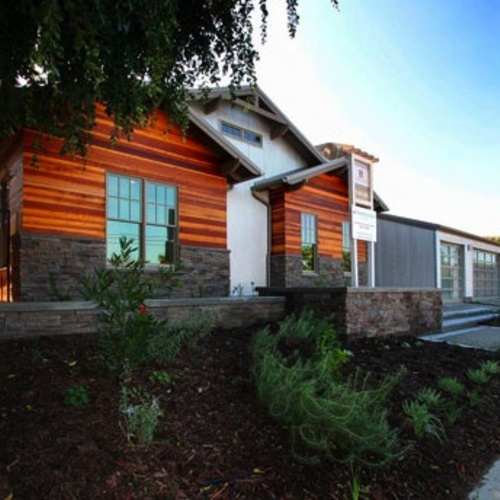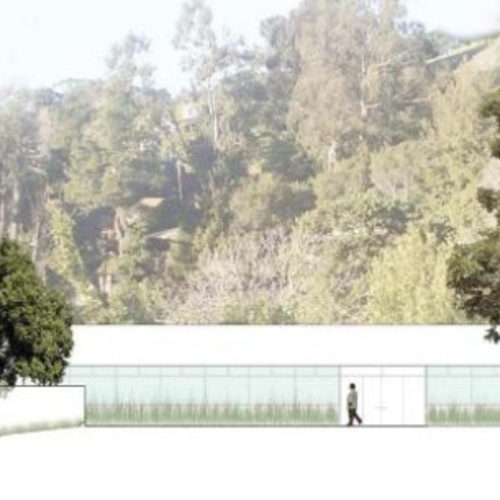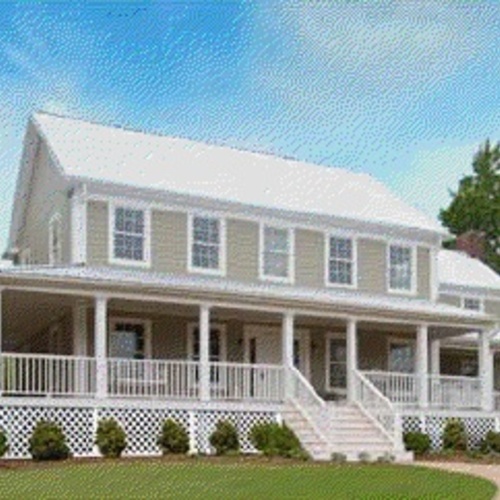
Image Credit: BW Builders
Just like a home’s energy performance and overall green credibility can diminish – or evaporate, in the opinion of some green advocates – when it is designed to McMansion dimensions, the market appeal of a McMansion can erode as homebuyers’ tastes change and they shift their priorities to reducing energy costs, landing a loan they can more easily afford, and using the home as source of shelter rather than speculative investment.
The power of market forces to shrink a house came to mind these past couple weeks as several publications offered their take on recently released U.S. Census Bureau data that showed new homes completed in 2009 had edged down in average size since 2007, from 2,521 sq. ft. to 2,438 sq. ft. During the same period, there also was an increase in the proportion of new homes featuring three bedrooms, versus four, and a general reduction in the number of bathrooms.
Affirming an earlier survey
The Census data in fact echo 2008 homebuilding trends that were reported last year by USA Today. The 2008 data, from a National Association of Home Builders survey, actually showed a much sharper drop in the average size of a new home, from 2,629 sq. ft. in the second quarter of that year to 2,342 sq. ft. in the fourth quarter.
Although the downsizing identified in the Census report is relatively slight, a comment by NAHB’s chief economist, David Crowe, cited by Oikos, a design-and-construction website that advocates green practices, zeroed in on a few factors that will sustain the trend, or at least help keep the size average for new homes from ballooning back up.
“We also saw a decline in the size of new homes when the economy lapsed into recession in the early 1980s,” Crowe said. “The decline of the early 1980s turned out to be temporary, but this time the decline is related to phenomena such as an increased share of first-time home buyers, a desire to keep energy costs down, smaller amounts of equity in existing homes to roll into the next home, tighter credit standards, and less focus on the investment component of buying a home. Many of these tendencies are likely to persist and continue affecting the new-home market for an extended period.”
McMansion McStigma
Other news sources focused on a Harris Interactive survey, commissioned by real estate search site Trulia, that indicated growing homebuyer disaffection with McMansions. While these disproportionately large homes and their grandiose appointments have been targets of derision from many quarters for a long time, the economic mood has prompted more folks to pile on.
Last week, CNBC ran a story, headlined “Death of the ‘McMansion’: Era of Huge Homes Is Over,” that cited the survey results, and comments from a couple experts, in a requiem for the phenomenon: “Count 2010 as the year the last nail was hammered into the McCoffin. In its latest report on home-buying trends, real-estate site Trulia declares: ‘The McMansion Era Is Over.’”
The Trulia/Harris survey found that only 9% of Americans consider their ideal home to be 3,200 sq. ft. or larger, while 13% would aim for 2,600 to 3,200 sq. ft. But a relatively large number of respondents, 27%, said they prefer a home sized from 2,000 to 2,600 sq. ft. – tracking with the 2009 average revealed by the Census Bureau data. Just as interesting is that another relatively large group, representing 28% of respondents, want 1,400 to 2,000 sq. ft., and 9% want 800 to 1,400 sq. ft.
Perhaps the most telling comment in the CNBC story is the one from Paul Bishop, vice president of research for the National Association of Realtors. “McMansions,” he said, “just look and feel out of place today, given the more cautious environment everyone’s living in.”
Trulia CEO and co-founder Pete Flint added that he believes the “right-sizing” trend in homebuilding will be tenacious. “This is absolutely a long-term effect,” he told CNBC. “Think of families with small children who’ve been foreclosed upon … When these teenagers are in a position to buy a home, they won’t want to go through these experiences they saw their parents go through.”
The “big” debate continues
But even if the McMansion market completely chokes on its own ostentation, big houses, and the debates they generate, are not going to disappear.
As noted in a recent blog post by Laura Clapper, construction editor of the Construction Digital website, “While the debate rages on, it’s commendable that more people are integrating green elements into their homes. However, without a total behavioral change – in habits and expectations – it may all be a wash.”
Weekly Newsletter
Get building science and energy efficiency advice, plus special offers, in your inbox.















2 Comments
Big Home Financing
Jumbo 30 year mortgages are 1 1/4 % higher than conventional, another good reason to downsize.
The big question that can
The big question that can only be answered by policy changes is: how do we hasten this trend and ensure that a reverse in our economic fortunes reverse it. I think it's delusional to think that market forces alone can return our homes to less ecologically egregious proportions.
Log in or create an account to post a comment.
Sign up Log in